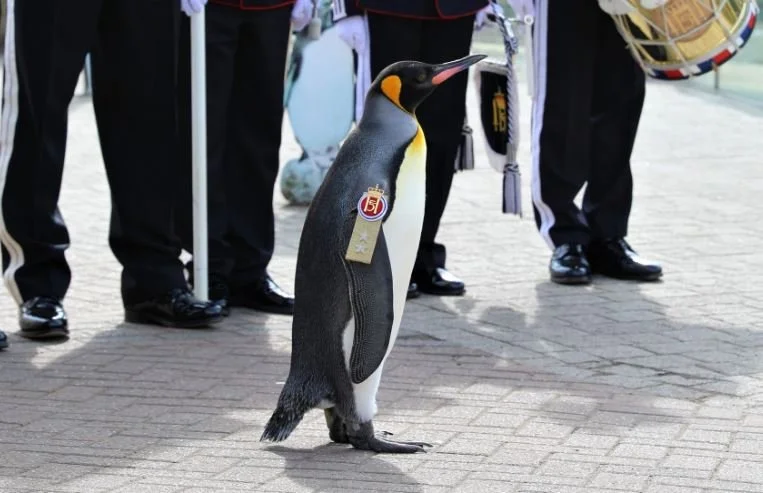Search for Loch Ness Monster Goes Deeper
An intensive search over the weekend for the legendary (mythical? elusive? imaginary?) Loch Ness Monster has turned up no specific evidence of Nessie’s existence, so far. Hundreds of researchers, tourists, and assorted Nessie enthusiasts took part in what is being touted as the biggest search for the beast in fifty years.
This crop of Nessie investigators deployed all manner of 21st-century tech, such as drones equipped with thermal scanners, infrared cameras, and an underwater hydrophone to detect unusual sounds below the surface. Hundreds of onlookers volunteered to monitor live streams of the search, in hopes of catching a glimpse or a glimmer of the fabled creature.
The whole enterprise reeks of publicity stunt, but Loch Ness Centre general manager Paul Nixon insists it’s much more than that. “There are a hundred volunteers lining the banks of Loch Ness today, all on a quest to find some answers to what is the Loch Ness Monster,” Nixon told BBC News.
If there is a monster it has plenty of living space. Loch Ness is 23 miles long with a maximum depth of 788 feet. The loch is the UK’s largest lake by volume by far, holding more water than all the lakes in England and Wales combined.
The earliest written account of the beastie dates back to AD 565 in a biography of the Irish monk Saint Columba, who allegedly saved a swimmer under attack by commanding the monster to retreat. Many witnesses since then have testified to seeing something in the water – there are now more than 1100 officially recorded Nessie sightings, according to the Loch Ness Centre in Drumnadrochit, near Inverness.
Whether Nessie exists or not, she brings in millions in tourism revenue to the Scottish economy every year. As long as she keeps that up, we can expect her to rear her elusive head for a long time to come.
Photo credit: Loch Ness Centre







